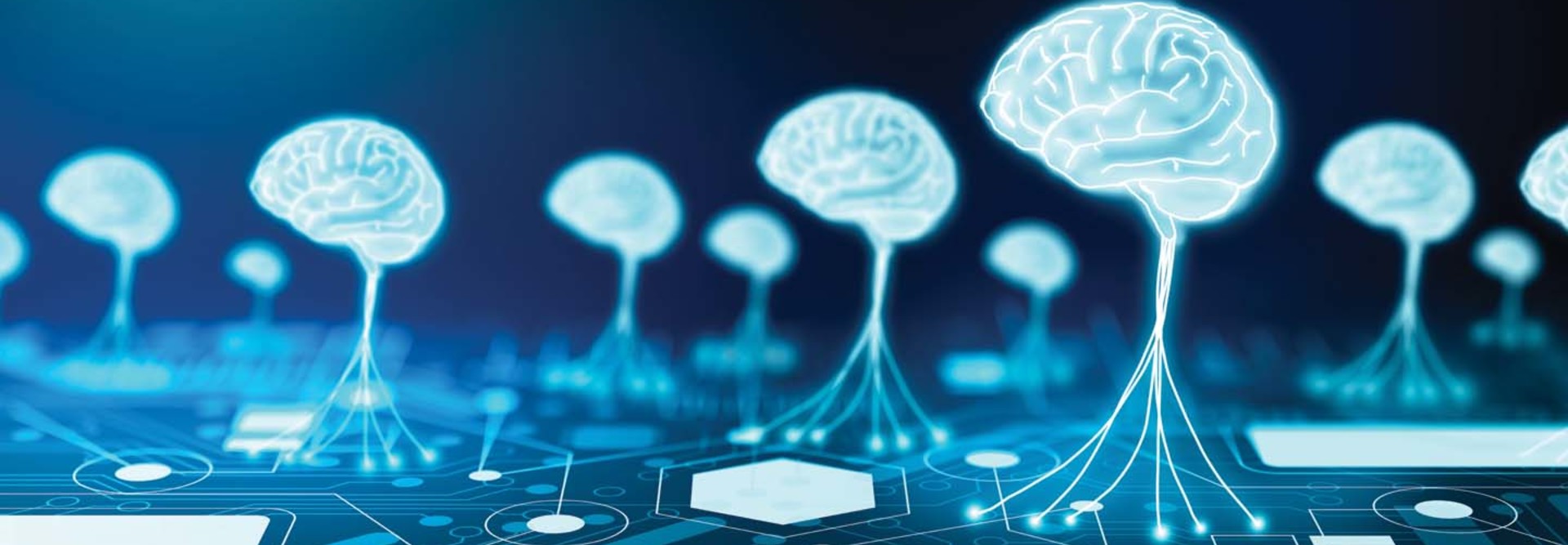Google-Powered Julian Teaches and Learns at Walden University
Steven Tom, chief customer officer at Adtalem Global Education, was at a conference several years ago and saw a demonstration of an AI tutor that left him thinking bigger. The tool he saw took student questions and answered them according to what he called a script, following a preset path programmed by a human on the back end that, the idea was, eventually took the student to the right answer. It sounded a lot like adaptive learning, a concept that has been around for decades and has failed to take off, in part because it takes a lot of effort to program and is fairly inflexible in how it responds.
“Somebody had to spend hours and hours and days and days creating the questions, scripting how the tutor was going to interact with the student,” Tom says. “And then the AI portion of it was like when you read a news article and give it a thumbs-up, thumbs-down — the kind of learning based on whether you liked the question or not. In that sense, it really wasn’t dynamic, and it really wasn’t scalable.”
That experience set Tom on a mission to solve for both of those weaknesses.
His first step was to reach out to the teams at Google working in AI and higher education. Tom’s team at Walden University, an online university recently acquired by Adtalem, worked with Google to build the AI tutor that would be introduced to students and faculty as Julian in the spring of 2021.
“We wanted to see if we could tackle this challenge of creating a truly dynamic, truly unscripted AI tutor that could essentially ingest content on its own, make sense of it, pull the key concepts out of it and then foster with the student a real tutoring session where it can generate its own questions and assess the students’ answers completely on its own,” Tom says. “At the time, it was kind of a pipe dream.”
Today, Tom says, that dream has at least partly come true.
Julian is more dynamic than most AI tutors. By design, it was rolled out in courses where it’s not easy for a machine to tell if the answer is right or wrong (as opposed to, say, a math course). At Walden, Julian’s first courses were in early childhood education and sociology.
DISCOVER: Successful AI examples in higher education that can inspire our future.
And while Julian is not exactly judging right or wrong — it doesn’t do any grading, for example — it is ingesting information and learning as it goes. It’s using the same course materials the students are given, and it directs them back to those sources in response to the questions they ask. Then it takes those questions and answers and feeds them back into itself to learn what students are asking about and grow even smarter for next time, Tom says.
Because it was developed with Google, Julian lives in the Google Cloud, meaning it has taken little to no infrastructure investment on Walden’s part. Tom says programmers opted to use an application programming interface to drive the tool, with an eye on its future use.
Since it is API-driven, Tom says, Julian can potentially appear in many environments: While it’s currently a chatbot embedded in the university’s learning management system, it could easily exist as an avatar in an augmented or virtual reality environment, or as a voice on the phone, in the future.
Georgia Tech-Based Institute Looks to the Future
The future is also where the innovative team at Georgia Tech is focused. The university that first brought Jill Watson to life has since rolled out two new tools related to AI tutoring: AskJill and Agent Smith. The Atlanta-based university also recently helped establish the National AI Institute for Adult Learning and Online Education (AI-ALOE) thanks to a five-year, $20 million grant from the National Science Foundation.
The grant will fund “large-scale investments” in technology infrastructure, according to Ashok Goel, a computer science professor at Georgia Tech and the executive director of AI-ALOE. The investments will go toward data storage, compliance and cybersecurity.
AI-ALOE is interested particularly in adult learners, as the name suggests. Goel says he anticipates millions of Americans will need to be reskilled or upskilled in the coming decade as automation changes the way we work, and those people won’t be traditional college students. They will have families, jobs and other responsibilities, and they may not get to their coursework until the wee hours of the night or on the weekends, when professors, teaching assistants and human tutors are not available, increasing the need for AI to help.
READ MORE: Improve online learning and more with artificial intelligence.
As for the initiative itself, Goel wants to bring AI tutors to the world on a massive scale. Jill Watson is great, he says, but the effort it takes to create one Jill Watson makes it nearly impossible to replicate at other higher education institutions or in K–12 environments. And the program’s other goal — improving the AI capabilities itself — will go hand in hand with expanded use of a tool like Jill Watson.
Goel says Georgia Tech’s AI tools have learned from more than 40,000 user questions over the years. That may seem impressive at first, but Goel says 4 million questions would be a much nicer base to learn from.
Even as the AI is getting smarter, the latest version of the AI is designed to help expand its reach. Agent Smith (named after the self-cloning antagonist in The Matrix movies) offers the most intriguing potential for large-scale growth. Agent Smith is a cloner, capable of replicating a Jill Watson AI tutor for courses and classrooms around the country in as little as five hours. That’s still too long, Goel says, and the AI tutor interface is still a little clunky, but the team is making progress.
“Why can’t we offer AI tutors to every teacher and every learner and class in the world?” Goel asks. “If Jill Watson remains solely the provenance of 30 classes, that’s interesting, but it’s not a game changer. It becomes a game changer only if anyone can use it.”











